More like this...
Rayman Gameboy game
Rayman is a 2D sidescrolling platform game based on the original Rayman game. It was first released for the Game Boy Color in 2000, with enhanced ports later released for the Pocket PC, Palm OS, and Symbian. The Game Boy Color version can be downloaded through the Virtual Console service on the Nintendo 3DS family of systems. Due to cartridge size limitations, the game is shorter than the original Rayman, with many characters and locations absent. However, it remains notable for its final boss battle against Mr. Dark, which has been drastically changed.
Most characters from the original Rayman do not appear in this version. Allies such as Betilla, the Magician, Tarayzan, the Musician, and Joe the Extra-Terrestrial are omitted, as are bosses like Moskito, Mr. Sax, Mr. Stone, Space Mama, and Mr. Skops. The only characters present, apart from generic enemies, are Rayman, Mr. Dark, Bad Rayman, the Tings, and the Toons.
Plot
The game follows the same general plot as the original: the evil Mr. Dark has imprisoned the Electoons in cages and cast the Glade of Dreams into imbalance, leaving Rayman to free his prisoners and defeat him. The story is simplified, with many characters removed. The game's unique intro sequence details most of the plot changes:
"Hey, wake up! We are the tiny fairies called Tings. Something terrible is happening...
That evil Mr. Dark came and imprisoned the Toons, the precious light-giver sprites of our land
He stole their energy for himself, throwing the world into chaos and darkness, with monsters spawning from everywhere!
I'll never let him do this!
Hurry up, Rayman: go after him and break open the Cages you find along the way!
Hold on, my friends! You won't be imprisoned for long
Go now! We Tings will show you the way: follow and catch us as you go. We'll also give you magic powers during the course of your quest!"
Gameplay
The game is a 2D sidescroller where the player controls Rayman. Each level has an exit sign, shown as an arrow pointing downwards, which moves Rayman to the next level. Between each level, the player receives a save code which can later be used to load the game, as there's no battery save available. On the Nintendo 3DS version, the player can use the available save state feature, like in any other Virtual Console game on the system.
In each level, there are Tings to collect, which reward the player with a life once a certain amount is collected. Only 30 Tings are needed in this game, compared to 100 in the original. Other ways to earn lives include finding them in secret areas or finishing a bonus level, which are shown as an arrow pointing upwards. Most levels also include cages for Rayman to collect, with the remaining cages for the level shown on the bottom of the screen. Whenever Rayman gets close to a cage, the music changes to indicate a nearby cage. Some cages cannot be obtained during the first playthrough as they require a power Rayman has yet to achieve. Since the world map does not become accessible until the end of the game, the player will not be able to backtrack and collect the remaining cages until then.
Airy Tunes is heavily based on Band Land. While the game is mainly based on the original Rayman, there are several differences that set them apart. Rayman oddly enough has his appearance from Rayman 2, both in gameplay and cutscenes. The music is mostly based on Rayman 2, with themes from the Precipice and the Canopy, along with some exclusive tracks. All levels are original, with only the general level themes being based on existing ones from the original game, such as Airy Tunes being based on Band Land.
Levels
Once the game is complete, the player is taken to the world map where they can replay previous levels. The world map shows which levels have any cages remaining and how many. The Dark Legacy levels are first shown as question marks, not letting Rayman enter them until he finds every cage, at which point they unlock one by one. The Dark Legacy levels do not contain any cages themselves and are known to be the hardest levels in the game. Once all levels are completed, the player unlocks the Time Attack map, which gives access to all bonus levels in the game.
- Spellbound Forest
- Airy Tunes
- Rainy Forest
- Rocky Peaks
- Ancient Forest
- Fiery Depths
- Arcane Forest
- Dark Legacy (bonus)
- Time Attack (bonus)
Ubi Key
The Ubi Key is an exclusive feature where two Game Boy Colors can transfer data to each other using the infra-red links. In Rayman, a giant key can be found in the first part of the Spellbound Forest which, when collected, can be sent to games that support it, such as the Game Boy Color version of Tonic Trouble. Receiving a key unlocks the bonus level Ubi Cliff, which can be accessed in the Pocket PC and Palm OS versions by other means.
Online challenges
The Pocket PC and Palm OS versions feature online challenges.
Japanese version
Two localizations of the game exist: the main one, available in English, French, German, Spanish, Dutch, and Italian through a language selection menu, and the Japanese one, available only in Japanese. In the Japanese version, the level names have been replaced with symbols. The manual for the Japanese version contains the Japanese level names, making it the only language other than English in which they are available.
Another notable difference in the Japanese version is Rayman and Mr. Dark's hands, which have been redrawn to have five fingers instead of four. Such a change was considered for the Japanese localization of the Dreamcast version of Rayman 2, but the developers eventually decided against it. It is likely that the motivation for this change was similar here, but the Game Boy Color localization team stuck to their initial decision.
Early development
Promotional screenshots and screenshots from the manual, both from an early version of the game, show environments, enemies, and animations that were cut during development and are not present in the final game. Various entities and graphics appear to have different colors.
Concept art
In 2020 and 2021, Davide Soliani shared several pictures of concept art on his Twitter account.
Sticker book
New copies of the European version of the game contained a small sticker booklet and some stickers which used Rayman 2 artwork. There was also a page that featured Rigatoni, the main antagonist from The Animated Series. The rest of the stickers could be obtained at the now-defunct official Rayman 2 website, Rayman2.com.
Trivia
Multiple other games were made using the same engine as this game, including Rayman 2 Forever, Donald Duck Quack Attack, and Mowgli's Wild Adventure. The engine was later used as the basis for a similar engine on the GBA, named GBASimilar, which Ubisoft used for many more games, including the Game Boy Advance adaptation of Rayman 3.
Game category: Gameboy games
Recently played
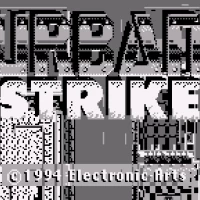
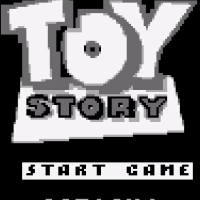
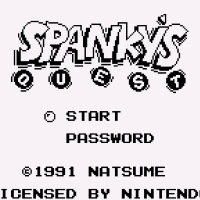
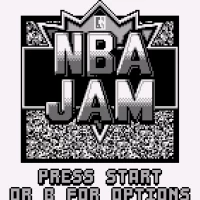
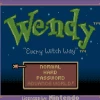
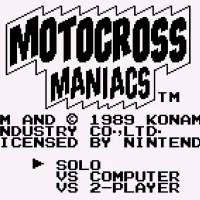
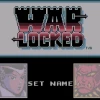
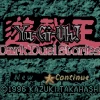
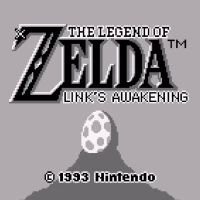
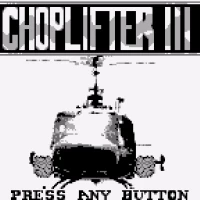

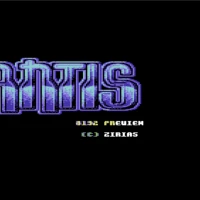
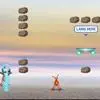
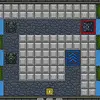
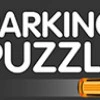
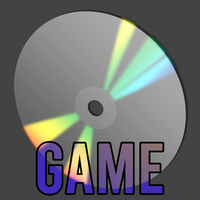
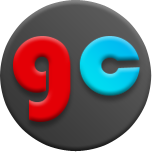
Comments